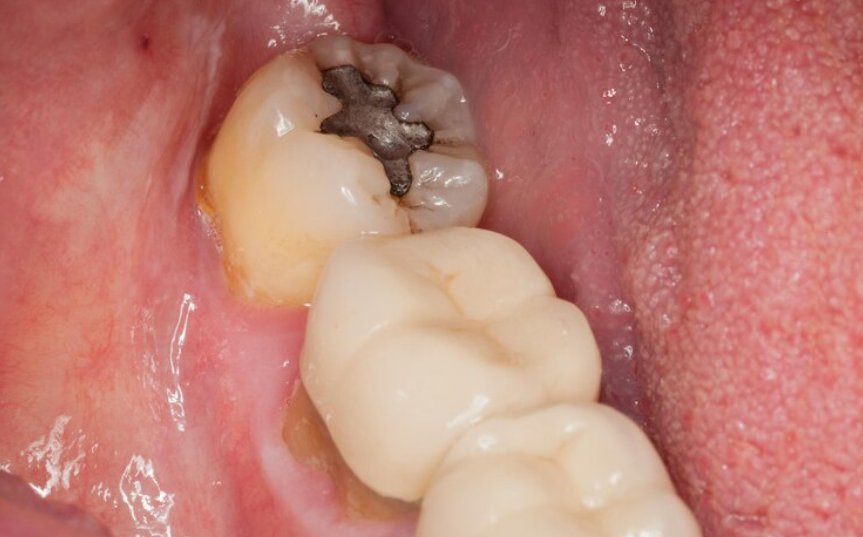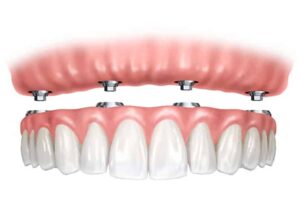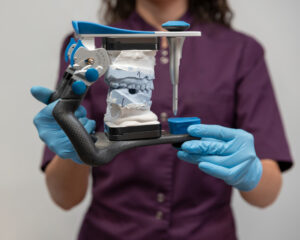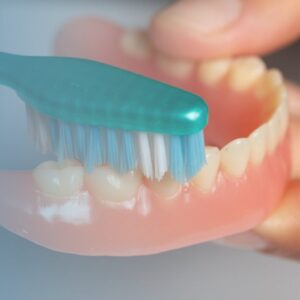Tooth decay can be challenging to detect in its early stages, but recognizing the warning signs is crucial in protecting your oral health. This guide explains what cavities look like and how to identify them before they become bigger problems. You’ll learn about common symptoms, visual signs, and changes in your teeth that signal decay. Recognizing these warning signs enables you to receive treatment promptly at your local dental clinic.
Common Signs of Early Cavities
Tooth sensitivity is one of the first signs of a cavity. You might feel sharp pain when eating hot or cold foods or discomfort when biting down. White spots on your teeth are another early warning sign that shows the beginning of decay. Bad breath or a strange taste in your mouth can also indicate the formation of cavities. Some people notice mild pain that comes and goes, especially after eating sweet foods. These early signs are your body’s way of indicating that something is amiss. Getting help early can save you from needing bigger treatments later.
Visual Indications of Tooth Decay
Cavities have clear visual signs that you can spot by looking at your teeth. White spots are usually the first thing you’ll notice, indicating where decay is beginning. As cavities get worse, these spots turn brown or black. You might see actual holes or pits in your teeth where the decay has eaten through the enamel. Dark stains or discoloration on your teeth can also mean decay is happening. The edges around a cavity often look rough or feel bumpy when you touch them with your tongue. Checking your teeth regularly in the mirror helps you catch these signs early.
Recognizing Enamel Erosion
Enamel erosion happens when the hard outer layer of your teeth wears away. Acidic foods, drinks, or medical conditions, such as acid reflux, can cause this. When enamel erodes, your teeth might look shiny and smooth on the surface. The edges of your teeth may appear see-through or translucent. You might also notice small dents on the chewing surfaces of your teeth. Eroded enamel makes your teeth more sensitive and can lead to discoloration. Your teeth might feel rough or have sharp edges. Catching enamel erosion early helps prevent cavities from forming.
Symptoms of Hidden Cavities
Some cavities hide where you can’t see them, making them harder to detect. You might feel occasional sharp pains when biting down on food. Increased sensitivity to hot, cold, or sweet foods can signal hidden decay. Mild discomfort in a tooth that comes and goes is another warning sign. These symptoms can be subtle and easily overlooked or mistaken for other issues. Regular dental checkups and X-rays help find these hidden cavities before they cause serious damage. Don’t ignore minor tooth pain—it could be your first clue that decay is starting.
Notable Changes in Tooth Appearance
Watch for any changes in how your teeth look or feel. White spots often appear first, indicating where minerals are being removed from the tooth. Dark spots or stains on your teeth may indicate that decay is worsening. If your teeth start to look rough or feel uneven, this could be a sign of cavity formation. A dentist should check changes in the size or shape of your teeth. Any new bumps, holes, or rough patches need attention. Even small changes can be important signs of decay starting. Regular self-checks in the mirror help you spot these changes early.
Related Topics:






